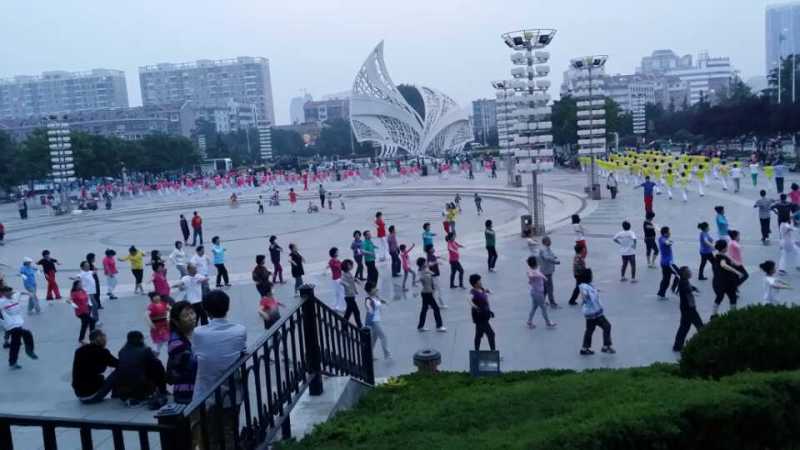 It has recently been reported that the millions of people who gather to dance in China’s public spaces will have to keep time with government regulations in future. In a country where censorship and strict regulations are in place as the norm, it seems this could spell the end for public square dancing in China, simply providing citizens with a small artistic outlet for themselves in a public space.
It has recently been reported that the millions of people who gather to dance in China’s public spaces will have to keep time with government regulations in future. In a country where censorship and strict regulations are in place as the norm, it seems this could spell the end for public square dancing in China, simply providing citizens with a small artistic outlet for themselves in a public space.
Public square dancing is a popular pastime in China, particularly among older women known as ‘damas’. However damas are considered a nuisance among some local residents, who complain about being disturbed by loud music: while this may echo various other forms of dancing all over the world, it seems this element of Chinese culture may slowly be reduced to nothing.
As a result of the complaints, Chinese authorities have begun to regulate and choreograph the dancing, which has been reported by the state-run China Daily website. Any groups wanting to dance in public will now be limited to 12 government-approved routines, which reads unnecessary censorship and control like nothing else. Despite the fact square-dancing represents a collective aspect of Chinese culture, it seems that the over-enthusiasm of participants has lead to the disputes over noise and venues.
The General Administration of Sport is overseeing the regulation along with the culture ministry, to ‘guide it with national standards and regulations.’ The choreography has been put together by an expert panel, the website says, and more than 600 instructors have been trained, in order to see the dancing performed in a socially responsible way – to a Western culture this discounts many of the artistic endeavours seen during the twentieth and twenty-first centuries. Some details are still to be confirmed, including when and where people are allowed to dance, and exactly how loud the music can be.
Image courtesy of Wikimedia Commons.
